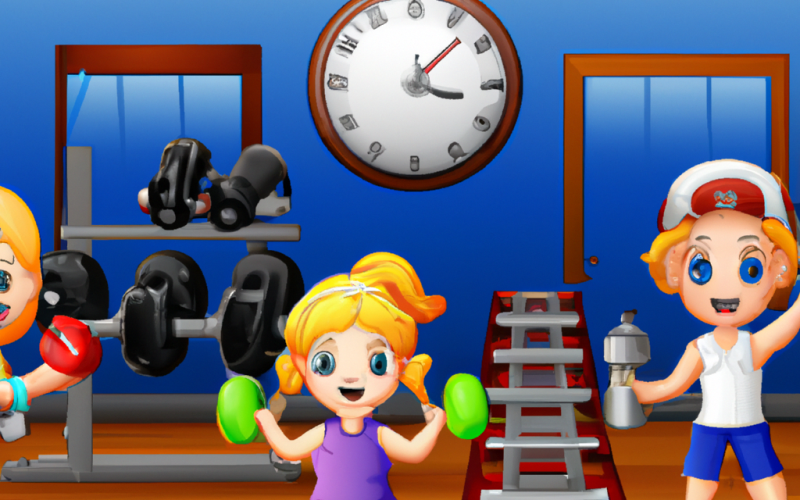Building strong and toned glutes is not just a matter of engaging in the right exercises but also ensuring that your diet supports your fitness goals. While a well-balanced diet can accelerate muscle growth and repair, certain foods might hinder your progress. Let’s dive into the foods you should consider minimizing or avoiding when working on gluteal development.
The Role of Diet in Muscle Growth
Diet plays a pivotal role in any fitness journey. Nutrient intake influences energy levels, recovery, muscle growth, and fat storage. For optimal glute growth, your diet should primarily support muscle repair and minimize excessive fat storage, especially around the buttock region. The foods you consume can either be a boon or a hindrance in this journey.
Foods to Minimize or Avoid
1. Sugary Beverages and Snacks
Soft drinks, fruit juices with added sugar, and sugary snacks can lead to weight gain when consumed in excess. These are calorie-dense and offer little nutritional value. Excessive intake can lead to fat accumulation, masking your glute gains.
2. Excessive Alcohol
While moderate alcohol consumption might be okay for some, excessive intake can be detrimental. Alcohol can interfere with muscle recovery and growth. Additionally, it adds empty calories, which can contribute to fat storage.
3. Fried and Greasy Foods
Foods like fried chicken, fries, and other deep-fried snacks are high in unhealthy fats. Regular consumption not only leads to weight gain but might also lead to health complications in the long run.
4. Processed Foods
Items such as chips, certain cereals, and ready-to-eat meals can be rich in salt, sugar, and unhealthy fats. These can promote inflammation, hampering recovery and muscle growth.
5. Excessive Dairy and High-Fat Meat
While dairy and meat can be part of a balanced diet, opt for lean meats and low-fat dairy products. High-fat versions can lead to unnecessary calorie intake, detracting from the leanness of your glutes.
Nutrition Tips for Glute Development
- Balanced Diet: Prioritize a diet rich in whole foods, including lean proteins, whole grains, fruits, and vegetables. These provide the necessary nutrients for muscle growth and repair.
- Stay Hydrated: Water plays a vital role in muscle function and recovery. Ensure you’re drinking adequate water throughout the day.
- Protein Intake: Protein is the building block for muscles. Incorporate sources like chicken, fish, beans, and legumes in your diet.
- Limit Empty Calories: Minimize foods that provide calories without much nutritional value. This helps in reducing fat accumulation and promotes lean muscle growth.
While training is a crucial component in achieving toned and strong glutes, diet plays an equally significant role. Avoiding certain foods and prioritizing others can make a noticeable difference in your results. Remember, it’s not about strict elimination but moderation and making informed choices. Coupled with the right exercises, a supportive diet will have you well on your way to achieving the glutes of your dreams.
